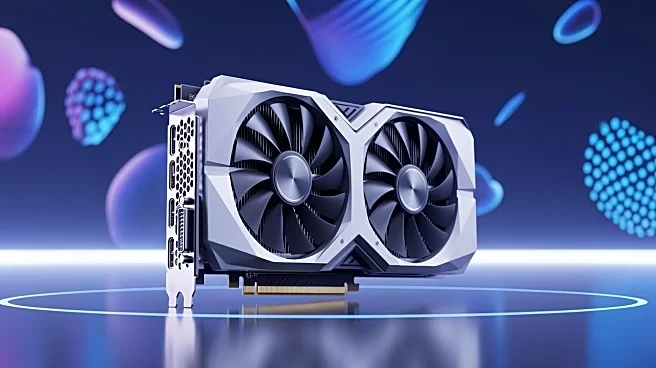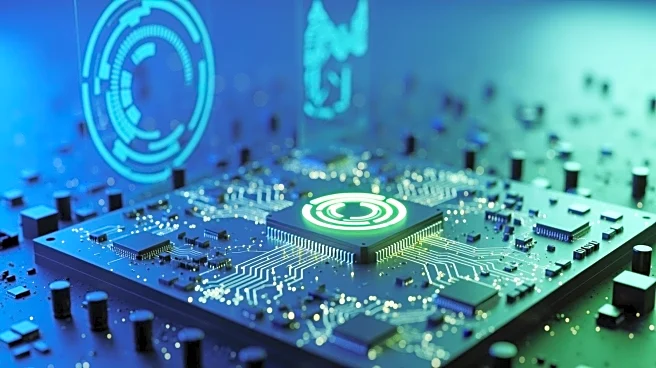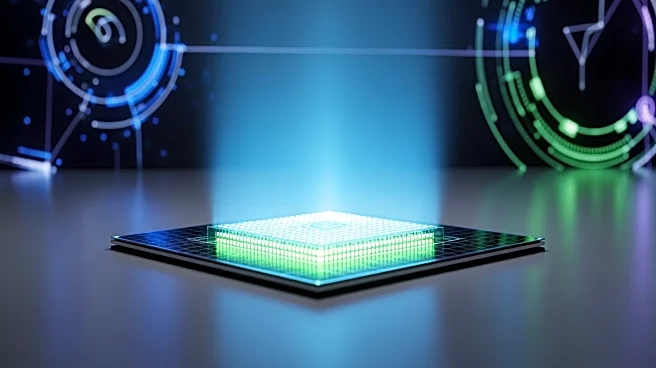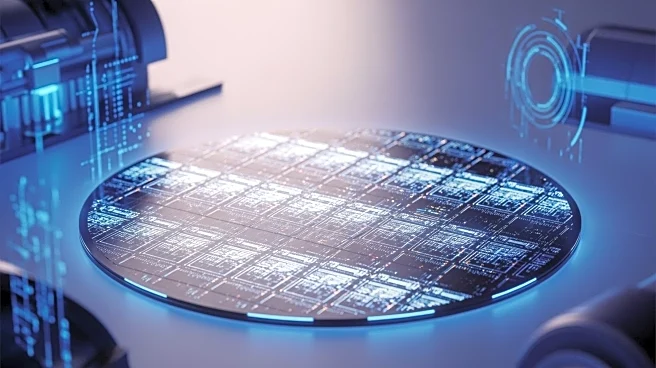What's Happening?
Nvidia has released its DGX Spark, a compact AI device designed to enhance AI model performance through specialized optimizations for floating point math. The DGX Spark, priced at $3,999, is compared to AMD's Strix Halo chip, which is available for about
half the price. The DGX Spark features 128 GB of memory and a 4 TB SSD, and is noted for its ability to support a wide range of software, making it a valuable learning tool despite its high cost. Reviews highlight its slower performance compared to AMD's chip, but emphasize its educational benefits.
Why It's Important?
The release of the DGX Spark highlights Nvidia's continued focus on AI technology, which is crucial for industries relying on advanced computing solutions. The device's ability to support a wide range of software makes it a significant tool for educational purposes, potentially benefiting students and professionals in AI development. However, its high price compared to AMD's Strix Halo chip may limit accessibility for some users, impacting Nvidia's market competitiveness. The comparison underscores the ongoing competition between Nvidia and AMD in the AI hardware sector.
What's Next?
As Nvidia's DGX Spark enters the market, it is expected to face scrutiny regarding its cost-effectiveness compared to AMD's offerings. The device's educational potential may drive interest from academic institutions and tech enthusiasts, while its performance limitations could prompt Nvidia to consider future enhancements. The competitive landscape between Nvidia and AMD may lead to further innovations in AI hardware, influencing pricing strategies and technological advancements.
Beyond the Headlines
The DGX Spark's release raises questions about the balance between cost and performance in AI hardware. Nvidia's focus on educational applications suggests a strategic move to cultivate future AI talent, potentially influencing the industry's growth. The device's reliance on FP4 optimizations highlights the importance of precision in AI model development, which could drive further research into optimizing floating point math for better performance.













